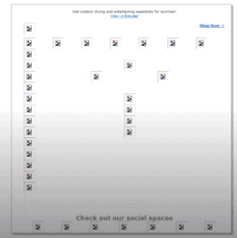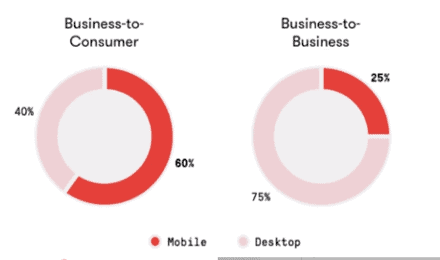But is 2020 so you might be asking yourself, really, email? Well, email drives the best return on investment of any marketing channel. Meaning that for every $1 spent on email marketing campaigns you will receive 38% increase in conversion rate. This sounds like a good deal, considering social media posts only have a 2% conversion rate.
Anatomy of an email
Do you know what it takes to create a successful email? The basic elements all emails should have are:
- Subject line
- Pre-header
- Branded graphic header
- Main message
- Call-to-Action
- Supporting message
- Footer
Now, the subject line is one of the most important aspects of your email design. When the subject line does not invite the consumer to open it, all the effort to create and design an email marketing campaign is gone.
5 things you should do when preparing an email marketing campaign
Get permission to send emails
For that to happen your subscribers should have opted in via your website or social media, for example, to become part of your list. This is different from when someone auto-opts in without realizing what they are signing up for.
The second aspect is to set expectations. These are in terms of how often subscribers receive your newsletters, what value provide and if their data is safely stored. Consumers will trust you more when you let them know in advance the aspects mentioned above. They don’t want to be constantly bombarded with unnecessary information.
Follow the law
We have seen an increase in regulations coming from different countries regarding data protection. This will heavily affect those companies who hold information and have not segmented it properly. As each country comes up with specific regulations. It is crucial to segment your users by geographical location to know what regulations apply to them.
For instance, if we take into account the new GDPR law some of the things you need to consider are:
- You need explicit permission and proof required to store information.
- State how all the data will be used in your privacy policy.
- Host and transfer customer data responsibly.
- You must be able to completely remove a subscriber and all traces of their data from your database when they ask so.
When companies do not fulfil these requirements, they risk fines that can reach up to $20mn.
Have an email marketing plan
Emails are part of your entire marketing plan. When you are preparing your content marketing calendar, you must consider email as well. In this way, email marketing will become part of your larger vision. This will allow you to set goals and define metrics for success. Via email, you can increase awareness of your products and services, engagement, conversion and advocacy. Now is time for you to set up metrics that measure how well your campaigns have performed.
Have a testing plan
This means that each time you send a campaign, you should test and track it to learn more about your subscribers. There are 5 aspects you need to track:
- Subject lines
- Day of the week
- Frequency
- Personalization
- Discount/price
Besides this, also check your bounce rate and unsubscribes. Even if your campaign has been successful if these two metrics are high then you need to check what happened there and fix it.
Use the email’s secret weapon: data
The more information you have your subscribers and their preferences the better. You can play a lot with a/b tests. This will help you to find the email version that brings higher conversion rates.
5 things you should never do
Don’t start from scratch
This is the same as having a calendar planned. Is highly recommended to prepare in advance what content are you going to reuse for your email campaigns. This will save you time and last-minute panic attacks to come up with content.
Don’t use one big image or a bunch of small ones
If you don’t want your email to look like the image below, make sure you have tested your email. Preferably you want to avoid this from happening.

Don’t buy an email lists
There are some many risks associated with purchasing an email list. From data not being verified, spam alerts when you send the emails and high bounce rates. This investment made in a list is nothing compared to the risks and penalties you can run into. If you want to grow your list quickly, instead invest in:
- Media: digital media, sponsored emails, etc
- SEO/Inbound lead generation
- Lead magnets
- In-store sign up scripts and contests
Don’t ignore mobile
Mobile has become the main source of visitors to emails. That requires you to adjust your emails to all screen sizes. Mobile is here to stay, so you better make sure your emails are designed to be delivered for mobile.

Don’t send without testing
Your emails are going to be sent via different email providers. That’s going to change the way your email looks and feels. This is because most of these providers will resize your email or adjust it to their requirements. That’s why you need to test your emails for each scenario.
A few last tips from what works in email marketing campaigns:
- Pre-headers can sell
- Video or gifs increase engagement
- Stories sell
- Take advantage of your existing subscribers and launch referral programs




